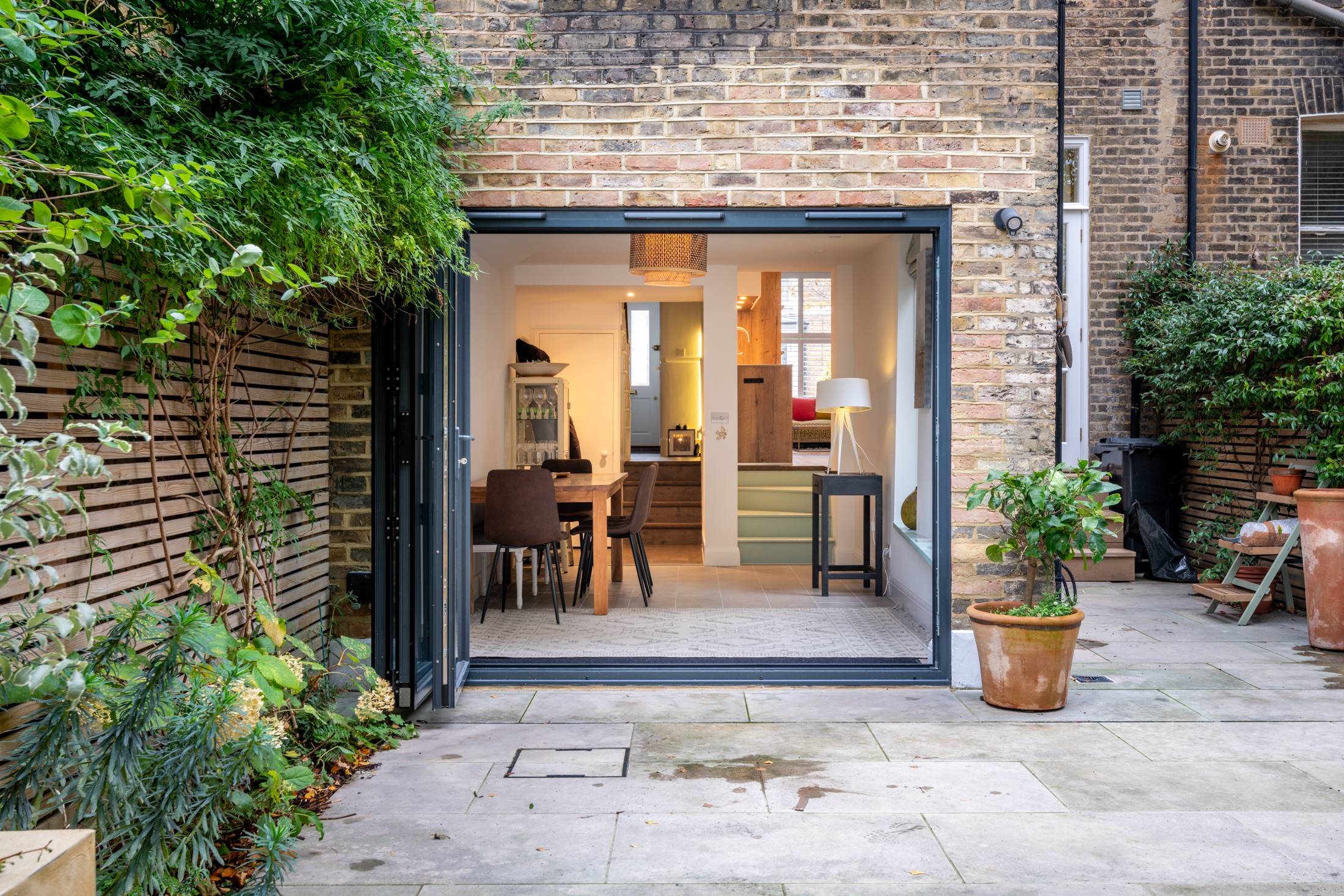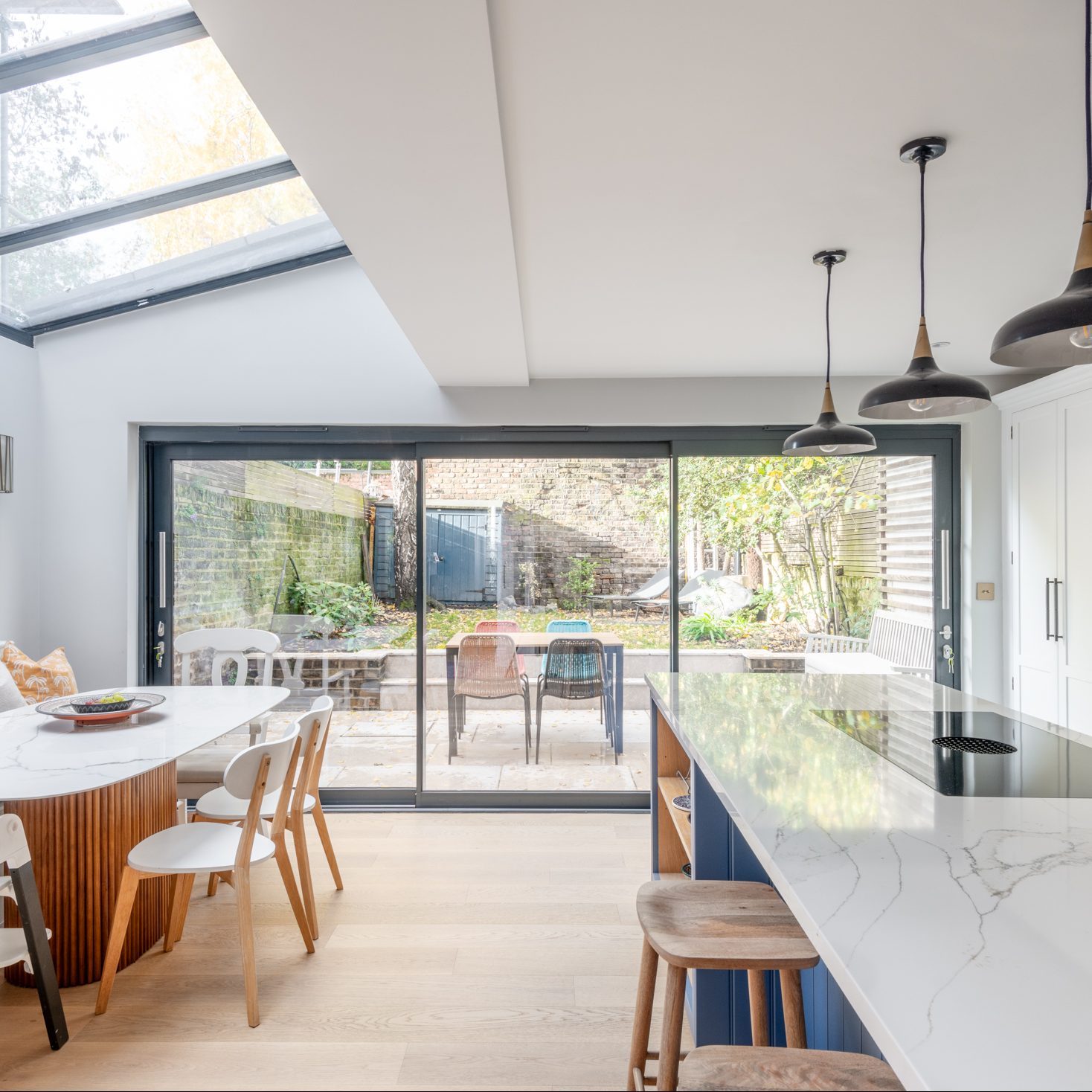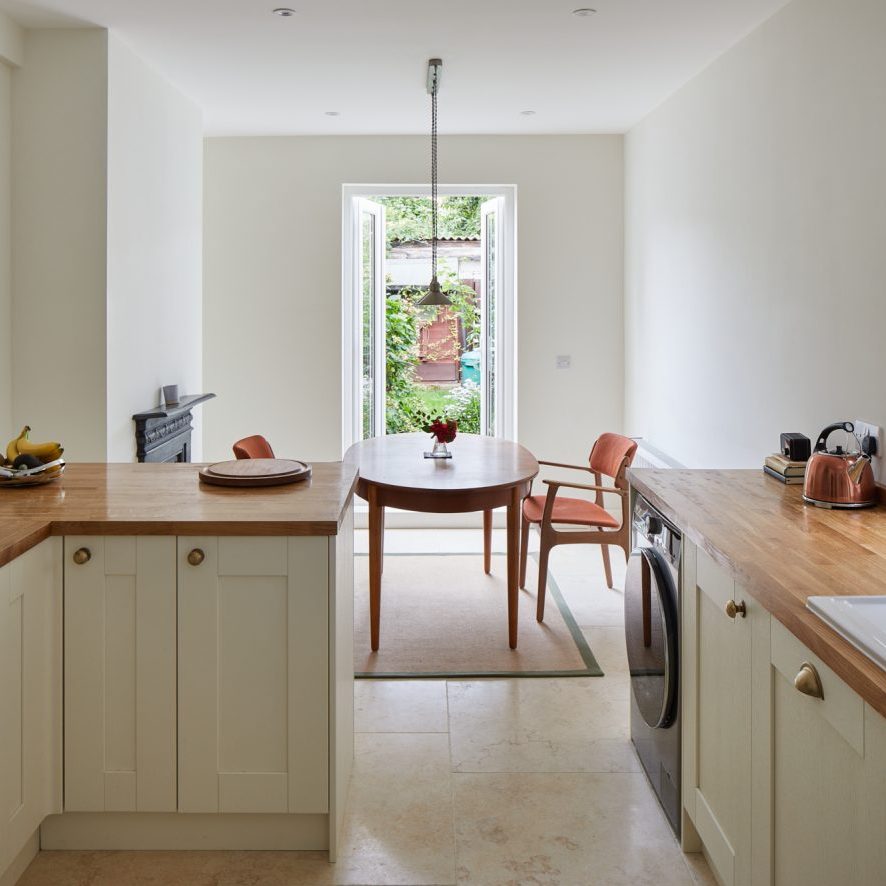How is Coronavirus Affecting UK Construction Costs?


Out of the blue
Healthy economies and healthy construction industries go together like hearts and lungs; without one there’s not much hope for the other.
Construction projects are generally expensive and risky undertakings and so a confident and well-resourced consumer market is usually a prerequisite for their success. Underpinning the main contractor is one of the largest supply chains of any market – up there with building spaceships – a network of dozens of suppliers and contractors all working in perfect sync to bring a project together.
It comes as no surprise then that the potential fallout of the Covid 19 outbreak has been on every construction professional’s radar since the looming spectre of a lockdown emerged with loathsome fashion only a few months ago.
With unforgiving certainty, on the morning of the lockdown an announcement Barbour ABI Analysts calculated that the unprecedented large-scale stalling of projects and closure of sites affected £25.55bn-worth of jobs throughout the UK. Almost overnight the UK construction industry saw a 65% drop off in GVA from £462.1m per day to £160.6m per day outbreak. The largest drop in that space of time in the UK industry’s recorded history.
In parallel the IHS Markit/CIPS UK Construction Project Managers index plunged to 8.2 in April 2020 from 39.3 in the previous month and well below market expectations of 22.2. The latest reading pointed to the steepest pace of contraction in the sector since data was first collected in 1997. It was led by record declines in house building, commercial activity and civil engineering works, with complete stoppages of activity on site due to the coronavirus pandemic.
New business volumes fell the most on record and employment dropped sharply, with full time employees often placed on furlough until work on site could recommence with social distancing measures. Individual contractors were less fortunate, seeing their work put on hold but the government not initially offering any financial assistance. Meanwhile, the lengthening of average lead times for the delivery of construction projects and by far the steepest since the survey began.
Short-term
In the very short-term these delays will likely increase construction costs slightly as pre-outbreak work comes through the pipeline, contractors fill their order books and demand outstrips supply. I’ve spoken with a number of bullish contractors in central London where this is already the case. Delays on-site because of supply-chain delays or petrified clients refusing site-admission have resulted in extensions of a few months.
During this period however, the planning conveyor is still churning, with many projects still receiving the green-light to start. As this work makes it’s way downstream to the construction bottleneck many contractors are now too busy to receive the oncoming work.
The system has temporarily clogged up and this has resulted in a short-term hiking of prices.
Recession?
However, if a recession takes hold the opposite will be true. When the 2009 financial crisis took its toll, the demand for construction work plummeted. The furlough scheme in the UK is managing to precariously keep a number of plates spinning; businesses are keeping their heads above the water – just. But as we exit the lockdown and economic momentum slows, many SME’s are certain to struggle. Cash-flow issues have already called curtains for a number of companies, and this will only get worse.
At the start of 2019 there were 5.82 million small businesses in the UK, which account for 99.9% of the country’s business population, three fifths of the employment and around half of turnover in the UK private sector.
Inevitably, the deepening crisis for SME’s will spell disaster for the UK economy (as well as many others).
With fewer people working, running businesses and making money, demand for new projects will surely drop. This in turn will result in construction project orders falling off a cliff, with prices for delivering work going the same way.
However, this drop in consumer demand will be counteracted by a drop in supplier availability, with small suppliers and sub-contractors in particular likely to take the brunt of the pandemic fallout. The labour pools are certain to stay buoyant with tradesmen waiting in the wings for work to pick back up again. Prices for labour in these instances are likely to stay the same, if not drop. But, where specialist suppliers and manufacturers like ironmongery and glazing have gone into liquidation, meaning only more expensive options are available in the market, we’ll see increases in prices here.
Long term
In the long-run we can expect the pandemic to have lasting effects on construction costs in one other key area – remote work.
As we’ve seen, the pandemic has catalysed the use of remote work applications in 2 months more effectively than market forces have done over the last decade.
In construction, even before the outbreak, a number companies were testing remote working to improve efficiencies and deliver a competitive advantage.
The coronavirus outbreak has likely cemented that as a viable approach for certain types of construction professionals, in particular large-scale commercial companies where efficiency is a critical factor and where the economies of scale for using technological innovations pays off.
As remote work and online technology driven alternatives to traditional means of construction continue to change the construction landscape, costs will inevitably be driven down for the consumer. This is an extension of a larger trend that’s been developing for a number of years, albeit extremely slowly in the construction sector. Perhaps the Coronavirus lockdown will be the shot the industry needs to finally push ahead with technological innovation to provide better services at lower prices.
Harry Molyneux
Founder | My-architect




